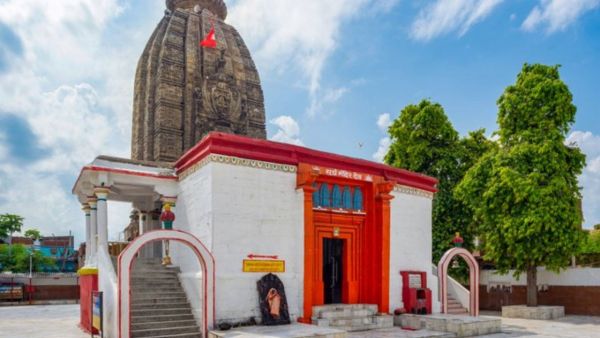
Chhath Puja 2024: There is a belief about an ancient Sun Temple located in Aurangabad district of Bihar that it was built by Lord Vishwakarma himself in a single night. During the festival of Chhath celebrated on the Shashti Tithi of Shukla Paksha of Kartik month, a huge crowd of devotees gather in this temple. Here, statues of three forms of Lord Sun – morning sun, mid-day sun and setting sun – are installed.
The specialty of this temple is that its main entrance faces west, which makes it even more special. This temple is considered to be one of the most famous and ancient Sun temples of India. According to historical beliefs, it was constructed one and a half lakh years ago in Treta Yuga.
This mythological temple was built by Lord Vishwakarma in just one night. This temple is made of black and brown stones and no mortar or cement has been used in it. Its structure appears similar to the Jagannath temple of Odisha. Its height is about 100 feet and its architecture is a wonderful example.
The temple is constructed with rectangular, square, semicircular, circular and triangular stones. The sculptures and designs carved on its walls reflect unique craftsmanship. The construction of this temple has been mentioned in an inscription written in Brahmi script outside the temple.
Three idols of Lord Suryadev are installed in this temple, which are worshiped as Udayachal (morning sun), Madhyachal (middle sun), and Astachal (setting sun). It is also believed that the tradition of Chhath Puja started from this temple, which makes this place even more sacred and revered.
This temple was constructed in Treta Yuga, and according to the inscription written outside the temple, it has completed 1 lakh 50 thousand 19 years. The antiquity and mystery of the temple still remains a big question for historians and researchers.